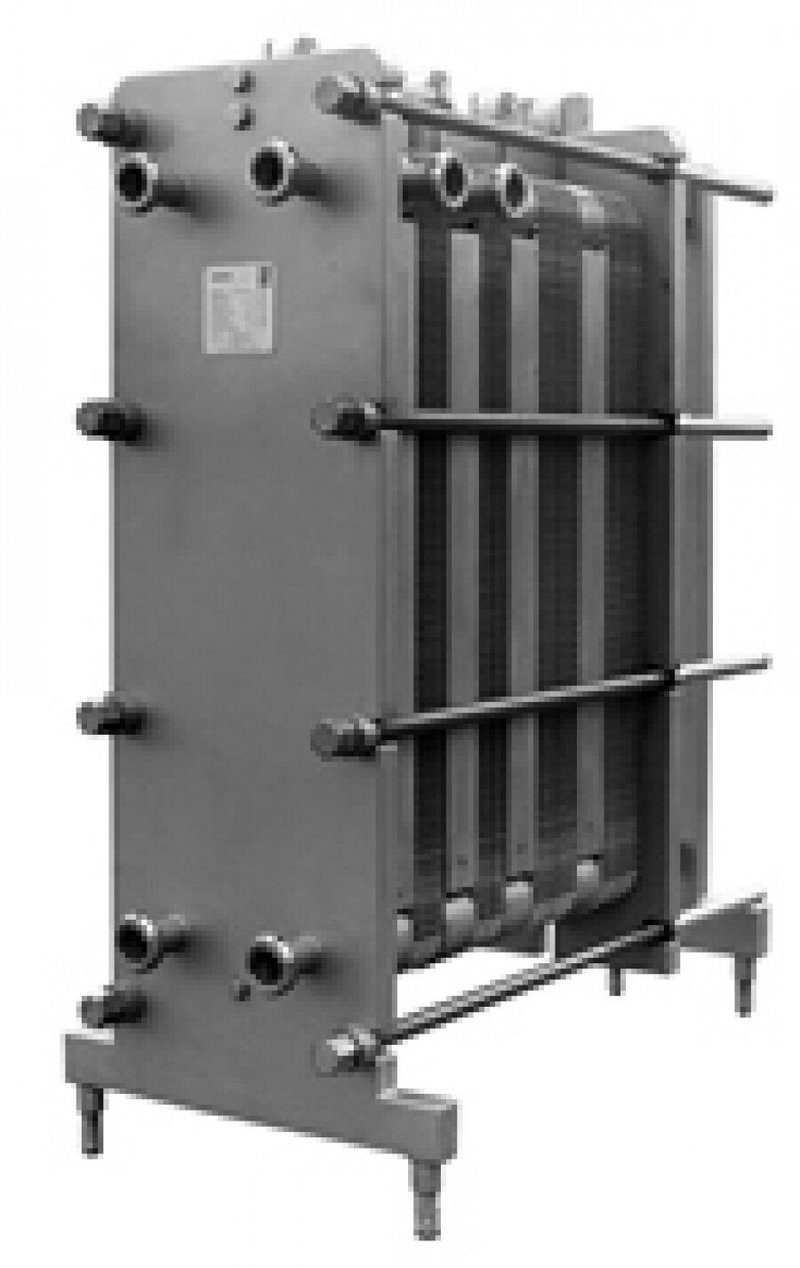Heat Exchangers Recover and Recycle Excess and Wasted Energy
Written by: Nissin Save to Instapaper
In copper production, heat generated during extraction processes can be harnessed and transferred back into the system using heat exchangers, resulting in significant energy savings and unparalleled yield.
“Compact heat exchangers, such as gasketed and welded plate heat exchangers, as well as spiral heat exchangers, are the most efficient technology for heat transfer,” says Roger Rusch, CEO of Industrial Water Cooling (IWC).
“Their close temperature design, high internal turbulence and large heat-transfer areas combine to recover up to 25% more energy when compared to conventional shell-and-tube heat exchangers. This excess energy can be recycled and used in other applications within the copper processing plant.”
During the initial copper extraction process, plate heat exchangers are used to control chemical temperatures within the autoclave where crushed copper ore is leached with sulphuric acid to produce impure solutions of copper sulphate. Spiral heat exchangers are then incorporated to recycle the rich acid’s low-grade heat, which is then used to pre-heat the lean acid coming back from solvent extraction.
Another area where plate heat exchangers deliver optimum heat recovery is during the electrowinning process where copper ions are extracted from the copper sulphate. The electrowinning cell consumes nearly 80% of total energy required for the production of copper. Here, steam is used to heat rich electrolyte before it enters the electrowinning cell. Gasketed plate heat exchangers reduce net consumption of energy in the plant by recovering low grade heat during the process and using it to preheat the rich electrolyte.
"Plate heat exchangers are low-cost and low-maintenance and are up to 90% smaller than the equivalent shell-and-tube heat exchangers. By replacing costly and bulky shell-and-tube units with compact heat exchangers, copper processing plants are recycling megajoules of wasted energy each year,” says Rusch.
Get new press articles by email
139 Press Release Articles
Nissin Laby is a Web PRO and SEO specialist working at Hot Salsa Media, South Africa
Latest from
- Are You Up for the Fast-Action-Packed Momentum-Multiply Adventure Challenge
- First Car Rental Extends its World-Class Show&Go Facilities
- Hank McGregor Named KZN Sportsman of the Year
- McGregor Shortlisted for Double KZN Sports Awards
- McGregor Nominated for World Paddle Awards' Sportsman of the Year
- Jeep Team's OCR Warriors Represent South Africa at 2015 OCR World Championships
- Jeep Team's Dodd and Dolman Crowned SA's BMX Champions
- Jeep Team's Dylan Rebello Wins Tour de Plett
- First Car Rental Joins Sabre Travel Marketplace
- Top 10 Finish for Jeep Team's McGregor and Lewin at ICF Ocean Racing World Championships
- Jeep Team's McGregor Wins Downwind Surfski Series Opener
- Jeep Team’s Van Tonder and D'oliveira Selected for SA OCR World Champs Team
- First Car Rental Nominated for Prestigious 2015 Business Traveller Africa Award
- Top 10 Fusion Restaurants in South Africa
- Jeep Team’s Smith and Redelinghuys Win World’s Toughest Single Stage MTB Race
The Pulse Latest Articles
- Education Is The Frontline Of Inequality, Business Must Show Up (December 11, 2025)
- When The Purple Profile Pictures Fade, The Real Work Begins (December 11, 2025)
- Dear Santa, Please Skip The Socks This Year (December 10, 2025)
- Brandtech+ Has 100 Global Creative Roles For South African Talent (December 9, 2025)
- The Woman Behind Bertie: Michelle’s Journey To Cape Town’s Beloved Mobile Café (December 9, 2025)
